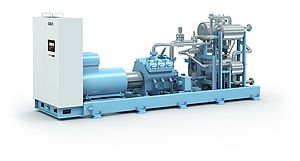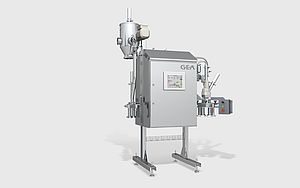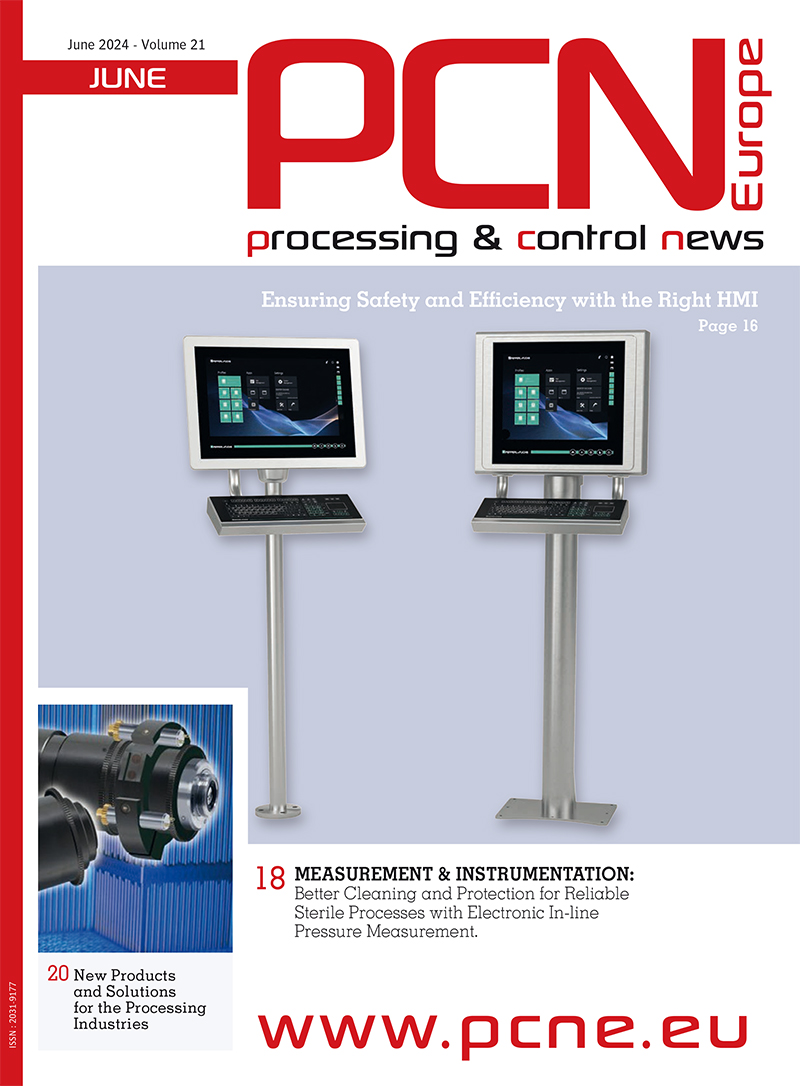With its automatic Active Torque Control (ATC) for CF decanter centrifuges, GEA introduces a market innovation that makes production processes not only more reliable but also as profitable as possible under stick-slip conditions. GEA’s ATC solution features on-the-fly, automated correction of the differential speed by means of active torque control to ensure an optimal working point while avoiding stick-slip. This ensures maximum solid yield, minimum energy costs for thermal drying and significantly lower risk of system damage due to stick-slip.
Revolutionizing decanter technology
A perennial problem for decanter operators is finding the optimal working point to maximize dry substance yield while still avoiding stick-slip. Adding to the challenge is the fact that – like for products such as starch or casein – the optimal working point often approaches conditions where stick-slip can occur. GEA’s ATC solution now adds “intelligence” to the decanter system so it can make the necessary adjustments on the fly for an optimal working point with optimal safety and efficiency. ATC essentially maximizes dry yield and minimizes the time and energy required for drying, while continually monitoring and adjusting to keep the system out of the stick-slip ‘red zone’.
ATC represents a breakthrough in decanter technology by allowing calibration and adjustment during operation. “Without the benefit of ATC, decanter operators are essentially ‘flying blind’, having to approximate the optimal working point,” explains Robert Zeldenrust, Product Manager Renewables, at GEA Separation and Flow Technologies Division. “If the system is damaged, they may realize that stick-slip is happening and may find the root cause. Then they can adjust the working point, but they don’t know by how much. If they don’t correct enough, they risk further damage to the system, so the tendency is to overcorrect – to increase the differential speed to be on the safe side. But this means the solids are too wet, which significantly increases the time and energy spent on drying.”
ATC dramatically reduces the risk of stick-slip and those dreaded shutdowns – and given the tremendous cost of downtime and repairs. The investment in ATC pays off even if it prevents just one production stop.
ATC origins
GEA’s innovative ATC solution for decanters was the result of a deep-dive into the causes and effects of stick-slip. After conducting detailed analyses of damage patterns caused by the stick-slip effect, GEA research & development decided to monitor the decanter drivetrain – specifically the coupling between scroll motor and gearbox – using a high-speed camera and stroboscope. This revealed a visible oscillation of the coupling components generated by a dynamic torque when operating at a working point within the stick-slip boundary region. In response, GEA engineers developed a new sensor-based monitoring and control method – ATC – to detect the onset of torsional vibrations on the coupling and, depending on their intensity, to avoid them by automatically changing the working point.
GEA offers its revolutionary ATC automated monitoring and control system in new CF decanter series machines, as well as the option of retrofitting existing CF decanters with ATC.




















